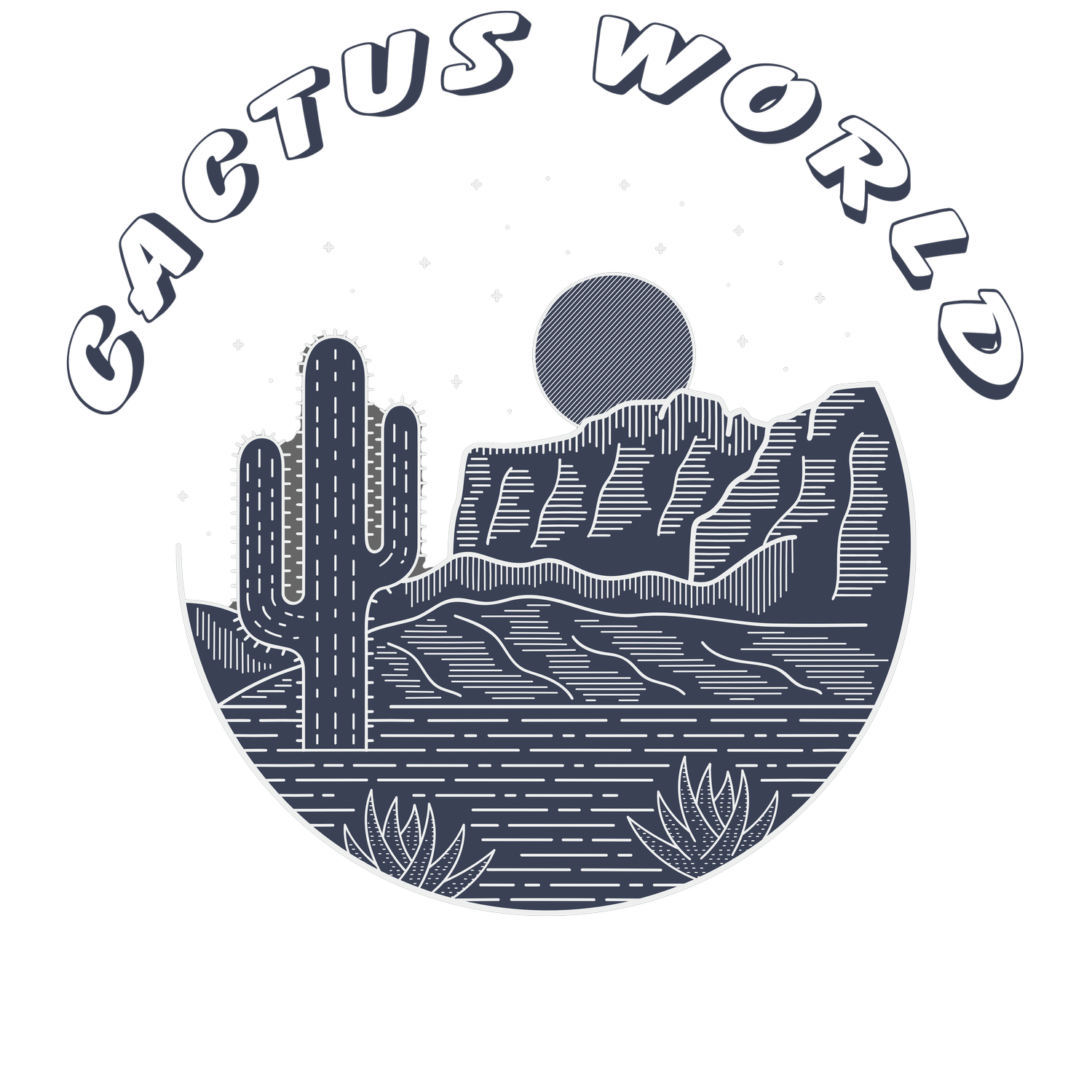Exploring the Enchanting Mojave: A Journey Through its Iconic Landscape and Wildlife Haven
Nestled within the rugged terrain of the American Southwest lies a landscape of unparalleled beauty and resilience – the Mojave Desert. Stretching across vast expanses of California, Nevada, Utah, and Arizona, the Mojave captivates with its otherworldly vistas, towering rock formations, and a remarkable array of plant life that has adapted to thrive in this arid environment. Join me on a journey through this enchanting desert realm as we discover the iconic plants and wildlife that call the Mojave home.
Joshua Tree (Yucca brevifolia): No exploration of the Mojave would be complete without encountering the iconic Joshua tree. With its twisted branches reaching skyward like outstretched arms, this unique yucca species is synonymous with the desert landscape. Named by Mormon settlers who likened its form to the biblical figure Joshua praying with outstretched arms, these hardy trees play a vital role in the Mojave ecosystem. Their nectar-rich flowers provide sustenance for a variety of pollinators, including bees and moths, while their dense foliage offers shelter and nesting sites for birds and small mammals.
Mojave Yucca (Yucca schidigera): Another stalwart of the Mojave landscape is the Mojave yucca, a species well-adapted to the harsh desert conditions. Characterized by its striking rosette of sword-like leaves and towering flower stalks adorned with creamy white blossoms, this yucca serves as a valuable food source for desert wildlife. Its fibrous leaves provide nesting material for birds, while its fruits offer a nutritious meal for native animals such as desert bighorn sheep and desert tortoises.
Cotton Top (Echinocactus polycephalus): A true desert gem, the cotton top cactus – also known as the many-headed barrel cactus – adds a touch of whimsy to the Mojave landscape with its spherical form and tufts of cotton-like spines. Despite its diminutive size, this resilient cactus plays a vital role in the desert ecosystem, providing food and shelter for a variety of creatures. Its fleshy fruits are a favorite snack for desert rodents and birds, while its spiny exterior offers protection from predators.
Red Barrel (Ferocactus cylindraceus): Named for its vibrant red spines and barrel-like shape, the red barrel cactus is a sight to behold in the Mojave Desert. Endemic to the region, this hardy succulent thrives in sandy, well-drained soils and can withstand extreme temperatures and drought. Its bright red fruits are eagerly sought after by desert birds and mammals, making it an important food source in this arid landscape.
Buckhorn Cholla (Cylindropuntia acanthocarpa): Known for its distinctive segmented stems adorned with clusters of needle-like spines, the buckhorn cholla adds a sculptural element to the Mojave landscape. Despite its formidable appearance, this cholla serves as a valuable resource for desert wildlife. Its flowers attract pollinators such as bees and butterflies, while its spiny stems provide refuge for birds seeking shelter from the desert sun.
Wildlife of the Mojave: In addition to its diverse plant life, the Mojave Desert is home to a wealth of wildlife adapted to its extreme conditions. Desert bighorn sheep traverse the rugged terrain, while elusive predators such as bobcats and coyotes stalk their prey in the shadows. Birds of prey, including red-tailed hawks and golden eagles, soar overhead, while reptiles such as the iconic desert tortoise and the sidewinder rattlesnake make their homes among the rocks and sand dunes.
Supporting the Vegas Ecosystem: The Mojave Desert plays a crucial role in supporting the vibrant ecosystem of nearby Las Vegas, Nevada. As a source of native vegetation, including the iconic Joshua tree and Mojave yucca, the desert provides habitat and forage for wildlife that inhabit the surrounding region. Additionally, the desert's unique landscape and scenic beauty attract visitors from around the world, contributing to the local economy through tourism and outdoor recreation.
As we journey through the Mojave Desert, we're reminded of the resilience and beauty of this remarkable landscape. From the towering Joshua trees to the whimsical cotton tops, each plant plays a vital role in supporting the delicate balance of life in this harsh environment. And as we marvel at the diversity of wildlife that calls the Mojave home, we're inspired to cherish and protect this desert wilderness for generations to come.
